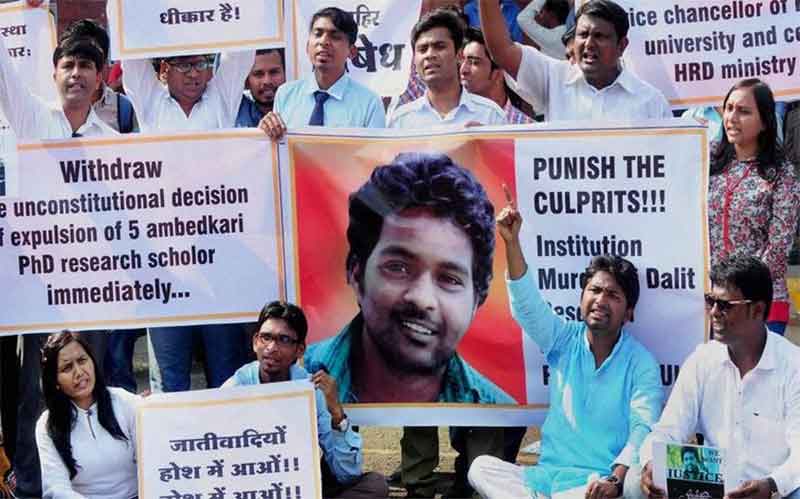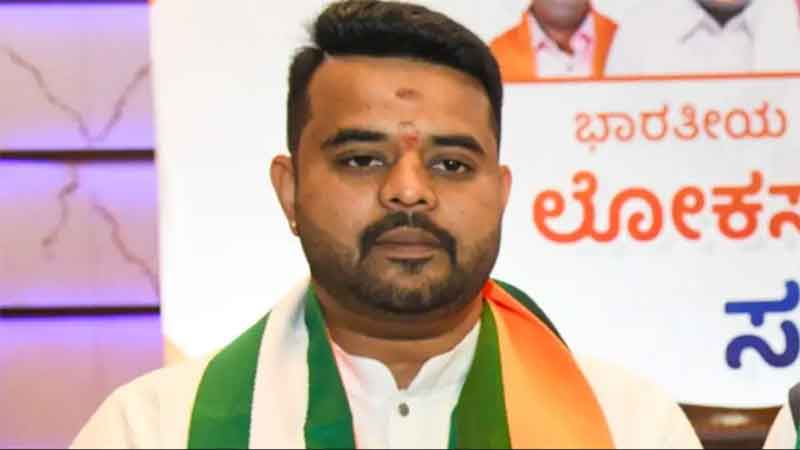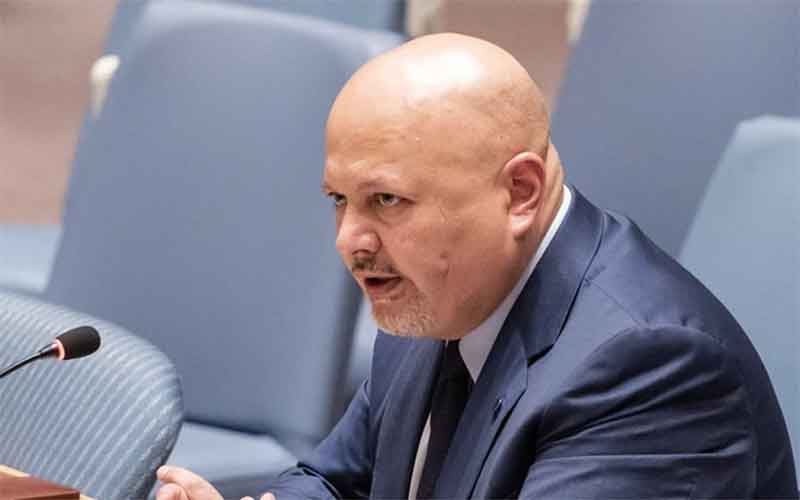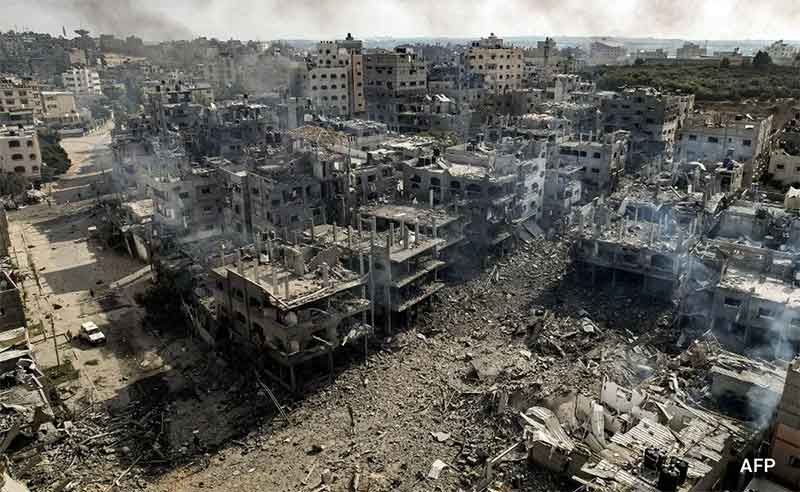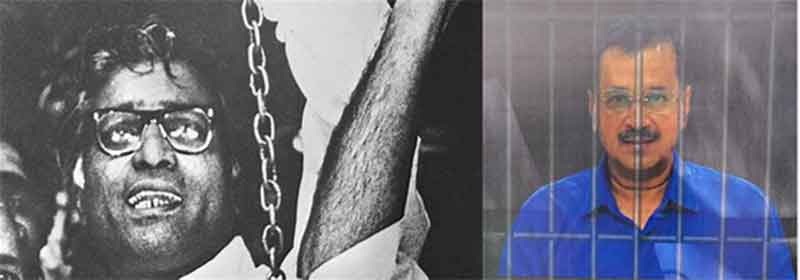
Today on April 12th we celebrate the 13th death anniversary of Comrade Anuradha Gandhy. Without doubt one of the greatest comrades in the annals of revolutionary history ever who till her last breath exuded spirit of revolution and was a crusader for liberation. None could illustrate better that to be a revolutionary one had to undergo inner or spiritual transformation. As a close friend Rupande Pannalal described she was one of the most down to earth, simple and straightforward human beings.Anuradha traversed the most turbulent seas but whenever confronted with obstacles confronted them at their hardest point. She posessed that very rare energy of a revolutionary with which she galvanised the opressed people at every juncture. A lucrative career was there for the taking, but she never succumbed to its lure .Anuradha crystallised the very teaching and practices of Marx, Lenin and Mao with her work a virtual manifestation of those great thinkers. Above all she was a living example of how only by participating in a revolutionary movement women could attain nay moral liberation nad remove the shackles of slavery. She gave Marxism-Leninism-Maoism an Indian flavour or character few comrades ever did. Anuradha was the perfect example of how the character of a role changes in a comrade in different stages.
IDEOLOGICAL CONTRIBUTION
Anuradha Gandhy took revolutionary humanism to its greatest height proving that only Marxist ideology could transform man spiritually and create a complete human being, Few comrades ever revealed such flair to be at one with the environment and integrate into every sphere, be it tribals, dalits, workers or intellectuals. As confirmed by her friend Rupa Panalala and husband Kobadh Gandhy she always bent down to learn from others and credit others with their positive points. She also proved that ideology of Marxism-Leninism-Mao thought was about creativity and not mechanical. In many ways she gave flashes of the women Comrades in the Chinese Red army of the 1930’s and 40’s .Her life was a testimony to how Marxism-Leninism-Mao thought enabled a human being to resurrect from the depths of despair at every juncture .Anu illustrated simplicity on the deepest scale.
She produced some of the most outstanding works on the dalit and caste question like “Caste question in India ‘,’The Caste question returns’,’Movements against caste in Maharashtra”, ‘When Maharashtra burned for four days.” ‘Dalit fury scorces Maharshtra,:Gruesome massacre of dalits,’ and ‘Mahars as landlords.’ Finally her ‘Scripting a Change’ was an absolute masterpiece. ‘No comrade so intrinsically or analytically inter connected the dalit liberation movement with the New Democratic Revolution or caste question integrating the Marxist standpoint. She prepared the founding paper of the C.P.I.(M.L.) Peoples’ war Party’s caste policy paper. It categorically summarised how it was imperative to abolish caste opression to make any headway towards democratisation of society.
Comrade Anuradha was a master in refuting post-modernist ideology and with great dialectical depth staged polemics.Hr writings were a manifestation of Marxist-Leninst Maoist mastery in ilustrating the link between base and superstructure.Few comrdaes were ever as insightful or studiied on how Brahmanism penetrated the Indian feudal system.No comrdae within the movement penned down such elaborate arguments or constructive refutation of socialist feminists who portrayed patriarchy as the main danger.as well as ‘reproduction ‘ and ‘production.’
No comrade within the movement penned down such elaborate arguments or constructive refutation of socialist feminists who portrayed patriarchy as the main danger. as well as ‘reproduction ‘ and ‘production.’ She produced most enlightening works like “Philosophical trends in feminist movement’,’The Revolutionary Women’s movement in India ‘,’Fascism, Fundamentalism and Patriarchy ,’8th March and the Women’s movement in India, ‘In Converstaion with Janaki,’ etc. and ‘Working-class Women making the Invisible visible.’Anurdha’s work was a living example of th importance that separately had to be given to the women’s question.
POLITICAL CONTRIBUTION
The events of the Cultural Revolution in China and Vietnam war shaped Anu’s political life with her dipping red paint for the first time in PROYOM or Progressive Youth Movement in 1974.With deepest intensity she wetted her feet in slums inhabited by Dalits, mingling with them like a family member. With Marxism having made deep penetration within her mind she applied it to the day to day struggles of the dalits.Adjectives do not do enough justice to the impact the naxalbari movement made on Anuradha ,which shimmered the very core of her soul.
Anuradha was one of the founding members of the Commitee for Protection of Democratic Rights(CPDR) in Maharashtra. Which was influenced by the Andhra Pradesh Civil liberties Commitee formed in 1973.She played a major role in steering its course to build a movement challenging capital punishment and supression of democrat activists. She played a major role in the Civil Liberties Conference held in New Delhi in1977 ,demanding release of political prisoners.She had the great knack of attracting well known intellectuals.
Anuradha was one of the pioneering members of the Vidhyarti Praghati Sanghatna and Naujwan Bhrat Sabha in Maharashtra. Her role played a major part in steering the direction of the student and youth movement to the revolutionary course .She knit a bunch of talented comrades into a cohesive and integrated structure.Anuradha contributed greatly in organising study circles amongst students and youth and in initiating ‘Go to Village ‘ campaigns. Her role was most notable in the 1978 agitation against fee rise. At junctures of a crisis she displayed great mastery in reviving morale of the cadre and from scratch built many branches of the student and youth organisations. Her presence often made the impact of weeds turning into roses. Her work made the work of Vidhyarti Praghati Sanghatana and Naujwan Bharat Sabha bloom like a lotus .She was also instrumental in the formation of the All India League of Revolutionary Culture. in 1983 that united revolutionary cultural organisations from all over India.As editor of Student Journal ‘Kalam’ she penned many a page igniting the revolutionary spark ,mastering the idioms of the common people. She also played a precious role in the success of the 1993 All India League for Revolutionary Culture Seminar in Bihar on women’s Question which included a most illustrative and analytical paper by Rajani Desai of Mumbai. No seminar previously threw the women’s question in Marxist light in such depth .
The birth of her work in trade Unions of first spark amongst industrial workers took place in Gadricholi district of Maharashtra.Anuradha’s arrival ignited the flame of revolution amongst construction workers with a lightning strike at the Kharpakeda thermal power plant,located 30 km from Nagpur.She also orgnised household laboures of Nagpur,workers in the MIDC,companies at Higna,railway workers,bedi workers in Bhandara ,powerloom workers at Kamptee..When migrating to Chandrapur she organised coal mine and construction workers.
What was unique about Anuradha was her integrating aspect of Caste and dalit oppression into the mainstream of the Naxalite movement and at a depth as few comrades ever related Marxism to dalit cadre. With the meticulous patience and skill of a surgeon she made the dalits rise to their feet ,imbibing anti-caste fury at intensity of water simmering at it’s boiling point.
Her presence virtually glittered the red torch in the Kamaplapur conference of Adivasis A massive campaign was initiated by Anuradha with armed squads also doing huge mobilization. The Conference bore the brunt of police repression at the highest magnitude but sowed the sees for a prairie fire to be created in nearby areas .In 1992 in Nagpur till the last tooth she resisted police repression on disrupting a cultural programme of Gaddar She climbed on a motorcycle to address the crowds and ignited the spark with a large number of journalist, professors, writers ,lawyers and senior faculty members of Nagpur university participating. A boulder literally withheld a combing operation that day. The programme could not take place but flame of revolution ignited at its optimum level in the soul of the masses.
Anuradha wrote the last chapter of her glorious life in the forests of Bastar spending three years among the Adivasis and the Maoist Peoples Liberation Guerilla army. No adjective can describe her unflinching courage in the most adverse circumstances. Her work gave an impetus to the Krantikari adivasi Mahela Sanghatana ,creating the very cutting edge of a sword.Inspite of contracting malaria so many times she survived against all odds. Few women comrades have waged a battle at such level of intensity amidst state repression. Tenacity simply in sublime proportions.Anuradha drafted handbills, took classes on women’s health issues, oppression on women and on New Democratic Revolution.Inspite of the emergence of a famine in 1997,Anuradha displayed unflinching resilience in the manner of a boulder withstanding the fiercest of storms. She never complained or revealed any of her pain, illustrating why Marxists and revolutionaries are morally the most spiritual of human beings.
It is hard to describe the last moments of Anuradha before death befell her. Having just returned from Jharkhand to Mumbai she was detected with falciparum malaria.When examined by a doctor she had to leave false number and name so she would not be hounded by the police with the state branding her as a ‘Maoist terrorist. ‘It was too late by the time she was admitted to hospital, with all her organs beginning to fail. There could be no better testimony of how a semi-fascist state wishes to eliminate all resistance to it.
After her death her contribution has been immortalised with her book ‘Script for Change’ a masterpiece. The scenes at the Anuradha Gandhy memorial functions in recent years reverberated spirit of liberation at it’s helm literally painting the walls of the hall red and striking aflame in the hearts of the audiences. The last memorial on 50th anniversary of Naxalbari gave vibrations of Anuradha Gandhy resurrecting .Few Comrades are as popular world over, with Gandhy literally becoming an icon .
Even those who do not support the political line of the Maoists hold Anuradha Gandhy in great reverence .I can’t forget the admiration late Comrade Nicholas Glais of Democracy and Class Struggle had for her or late Harry Powell.
In India I can’t forget the words late Comrade Sundar Navalkar had for Anuradha in a condolence meetings’. Amongst revolutionary student circles in Delhi University and Jawaharal Nehru University I literally feel the pulse of her presence with the ne-fascist Hindutva attacks .Her writings and practice were praised to the sky by Professor Amit Bhattacharya and imprisoned democratic activists Professor G.N.Saibaba and Rona Wilson. Even democratic comrades of West Bengal ,Maharashtra and Kerala place her contribution as immortal.
I recommend every genuine democrat to study her books and works which gives Caste question its due respect, breaking the shackles of Communist dogmatism or tradition.Asit Das has done a brilliant review on her writings.
Comrades like Anuradha Gandhy need to be re-born to stitch the mortal wounds impaired by Hindutva fascism and sow seeds for liberation. No more fitting example of the phrase of Chairman Mao that ‘Women hold half the Sky.”
I wish a proper biography would be written or film narrating what shaped her life and in turn how she shaped events.
Harsh Thakor is a freelance journalist.Toured India,particularly Punjab .Written on Mass movements ,,Massline,Maoism on blogs like Democracy and Class Struggle and frontierweekly .An avid cricket lover too who has posted writings on blogs like Pakpassion Indian Cricket Fans and Sulekha.com
GET COUNTERCURRENTS DAILY NEWSLETTER STRAIGHT TO YOUR INBOX






















